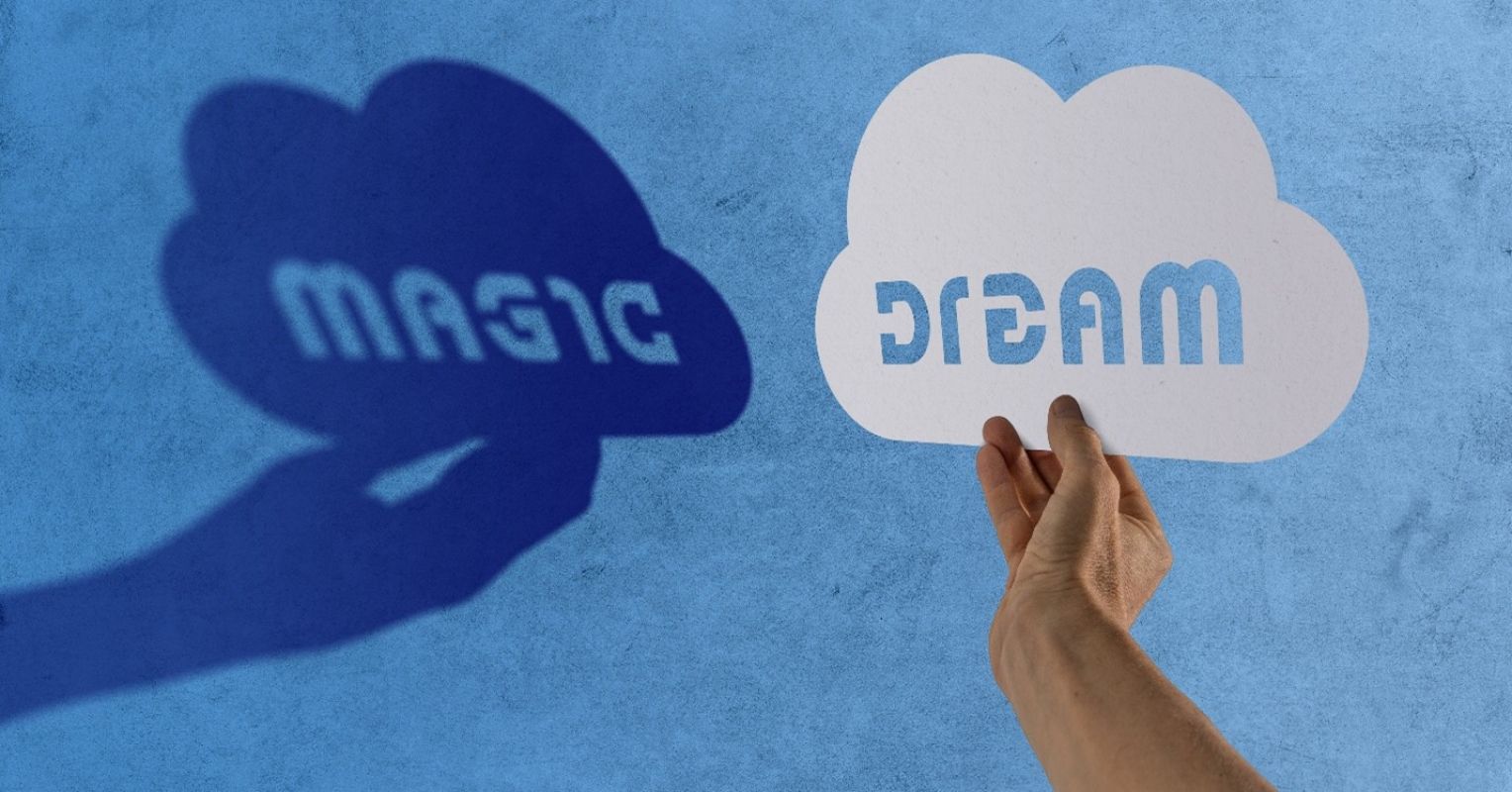
"I like the definition offered by Meaidi, Jennum, Ptito and Kupers (2014) who said "Dreams are a state of consciousness caused by self-generated sensory, cognitive, and affective processes" (pg. 592). "Self-generated" means that these experiences are produced from within the brain itself, rather than being the end result of a message sent to the brain for interpretation from the world outside of us."
"All of our senses are represented in dreams. Dreams almost always contain visual information, and about 40 to 60% of dreams feature sound. Touch is less frequently experienced in dreams (about 15-30% of dreams), and rarer still (less than 1% of the time) are dreams featuring olfactory or taste sensations (Zadra, Nielsen and Donderi, 1998). Given the prominent role sensory experiences play in dreams,"
Dreams are a state of consciousness caused by self-generated sensory, cognitive, and affective processes and represent an altered state disconnected from typical external signals. All senses can appear in dreams: visual content is most common, sound appears in about 40–60% of dreams, touch in about 15–30%, and olfactory or taste sensations occur in less than 1% of dreams. The frequency and nature of sensory content in dreams can reflect waking sensory experience. Comparisons between individuals with particular sensory expertise and non-experts have been used to test whether greater waking experience increases corresponding dream content. Dreams can include both positive and negative sensory experiences.
Read at Psychology Today
Unable to calculate read time
Collection
[
|
...
]